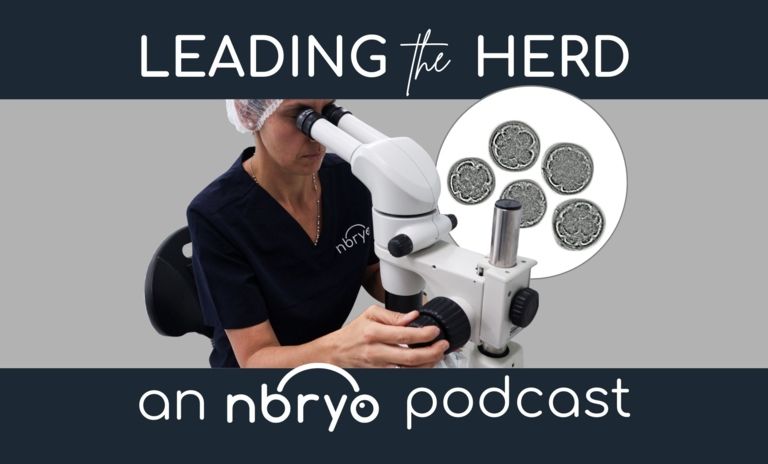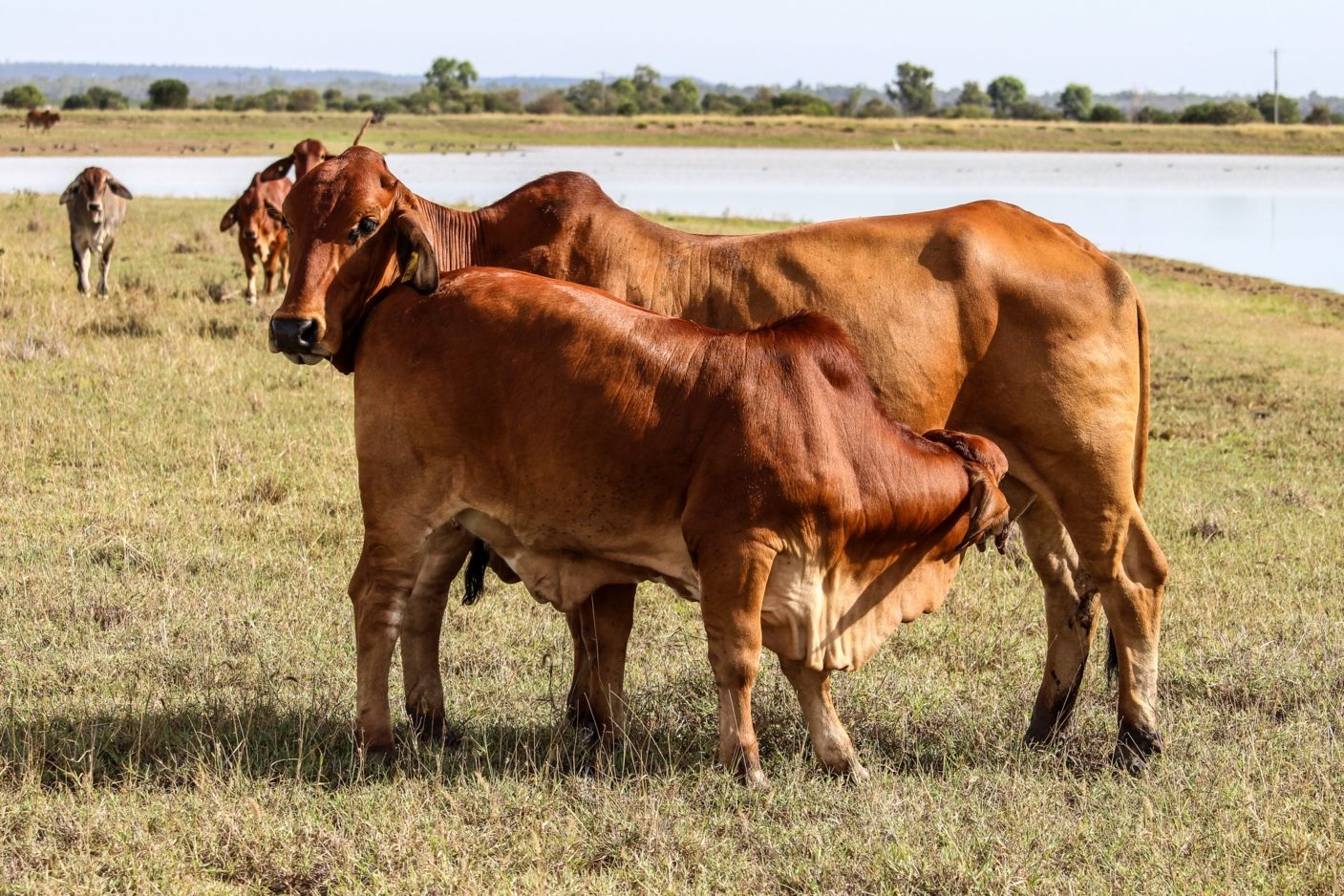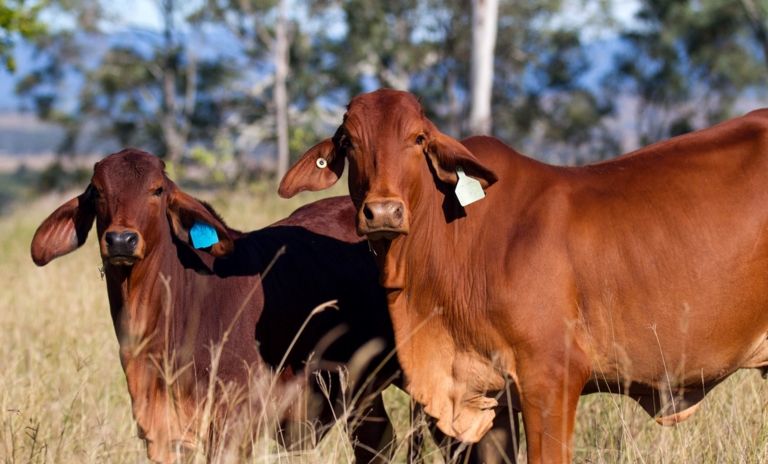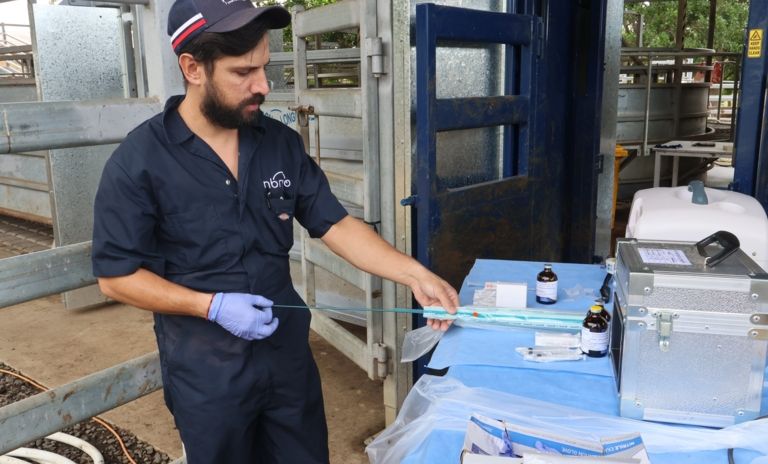

Donors are usually selected first and foremost on genetic merit for production of elite calves for seedstock purposes. However, when numerous donors are available, some selection principles can be adopted to ensure best embryo production outcomes. As with recipient females, applying best practice management to donor females will further increase chances of success.
Donors should be selected based on their genetic merit to achieve the production breeding objective of the herd. There are some characteristics of donors that generally lend to better embryo production which can be either used to select within a group of elite donors or determine whether a donor is a worthy candidate for in vitro embryo production. Some of these characteristics are:
Maiden or pre-pubertal heifers are often an attractive choice for donor selection as they often represent the newest generation of breeding and genetic merit of a herd. By using heifers, the generation interval can also be significantly reduced to reach production breeding objectives quicker. Sometimes these females will yield less oocytes and have a lower embryo development rate than mature cows, and more OPU sessions may be required to meet the desired embryo production. The limiting factor to heifer donor age is usually physical size, and it is recommended that if heifers are the donors of choice that you discuss the program with the Nbryo team to ensure reasonable expectations are understood. Usually, females that are 300 kg are acceptable size for OPU.
Management of the donor female
As with nutritional management for all reproductive purposes, donors are best maintained in a rising plane of nutrition in the 6 weeks prior to transfer of embryos. Avoid grazing females on pastures that are high in legume content, particularly clover and lucerne based pastures as they can be high in phytoestrogens or too high in protein that can lead to ovarian dysfunction. If supplementation is required good quality cereal hay diets are ideal and avoid providing grain supplementation that has elevated protein levels. Some trace element deficiencies can be responsible for low reproductive performance. Where pastures are deficient, supplementation for trace minerals may improve outcomes. It is recommended that your local nutritionist or veterinarian is consulted to design a supplementation program that will optimise the donor fertility. It is common to supplement with ADE, phosphorus, selenium and B12 as they are trace elements that can impact reproductive performance if they are inadequate in the diet.
It is best practice to ensure that donor females are vaccinated against diseases that can cause reproductive loss. Given the risks of these disease will vary between operations we recommend you consult your local veterinarian and follow the appropriate Australian Immune Ready Guidelines and Recommendations. In general, it is recommended that females receive vaccinations or any other treatments at least 2 weeks before time of OPU.
All donors should be identified with a visual identification such as an ear tag or a brand, and best practice is to also use a RFID tag for efficient data processing and management. This will allow to maintain female historical records, subsequent calving, and performance tracking.



